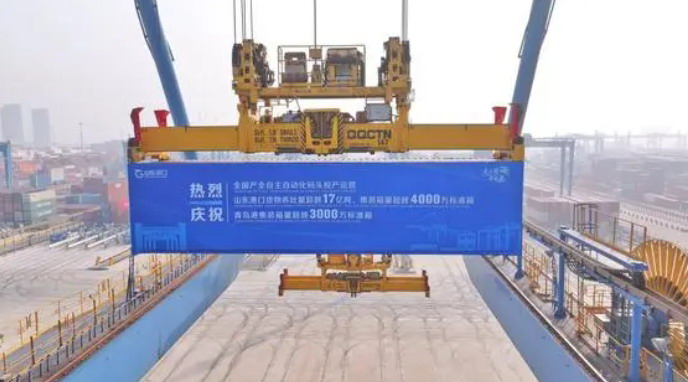With the continuous development of container transportation, different types of containers have emerged to meet the needs of loading different types of goods. Let’s summarize it with you today.
Classification by materials used
According to what materials are used for the main components of the box (side walls, end walls, roof, etc.), it is called a container made of what material. According to the classification of materials used, containers can be divided into three types:
(1) Aluminum alloy containers have the advantages of light weight, beautiful appearance, corrosion resistance, good elasticity, easy processing, low processing and repair costs, and long service life; the disadvantages are high cost and poor welding performance;
(2) Steel containers have the advantages of high strength, firm structure, high weldability, good watertightness, and low price; the disadvantages are heavy weight and poor anti-corrosion properties;
(3) Fiberglass containers have the advantages of high strength, good rigidity, large internal volume, good heat insulation, anti-corrosion, chemical resistance, easy cleaning, and simple repair; the disadvantages are heavy weight, easy aging, and reduced strength at the bolt tightening point.
Classified by structure
Containers can be divided into three categories according to structure:
(1) Inner-pillar and outer-pillar containers mainly refer to aluminum alloy containers. Inner-pillar containers refer to side pillars (or end pillars) located within the inverted wall or end wall; outer pillar containers refer to side pillars (or end pillars). Column) located outside the inverted or end wall;
(2) Foldable container means that the main components of the container (side walls, end walls and roof) can be easily folded or disassembled, and can be easily reassembled when used again;
(3) Thin-shell containers are composed of all components into a steel body. Its advantage is that it is light in weight and can adapt to the torsion that occurs without causing permanent deformation.
